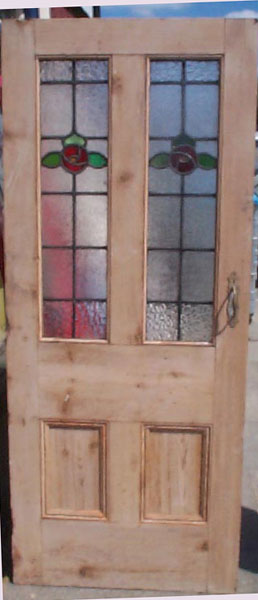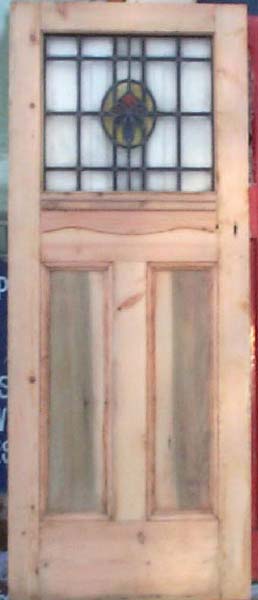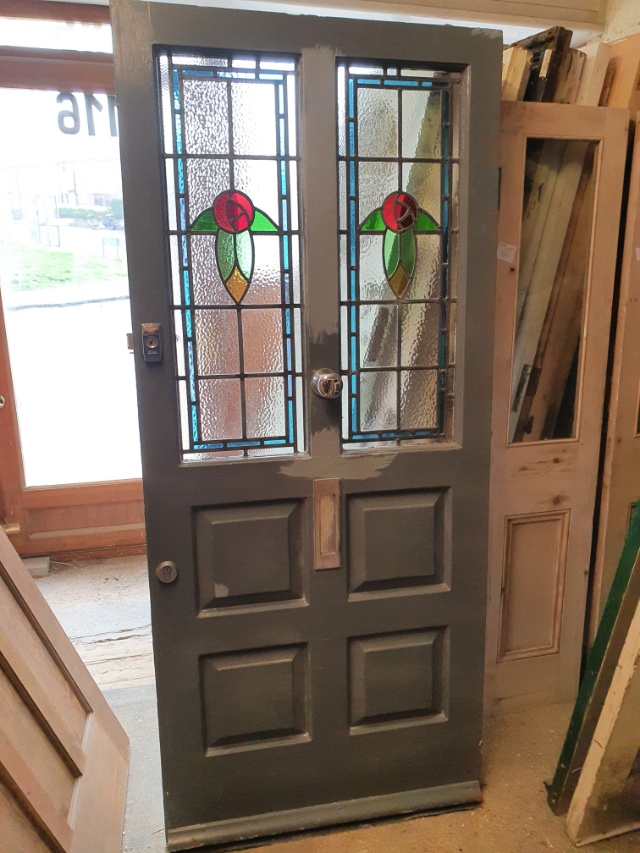
Restoration Notes #1
Identifying Victorian and other Period Doors
How do I identify original doors has always been a question posed to us at Regency Antique Trading Ltd since as long as we can remember being in this trade. It's a predicament that isn't helped by modern productions using period names i.e Victorian, Georgian etc to relate to a design rather than a period.
When Regency Antique Trading refers to a door being Victorian, Edwardian, Georgian etc it's because the door was actually made in that period.
For example lets look at Edwardian and Victorian doors; these can be very similar in look and design, predominately four panels with the top two being approximately 2/3 the length of the door and the bottom 1/3 with the panels separated by the centre mullion (verticals). The centre and base rails (horizontals) being wide and the top rail (door head) being narrower.
The panels on these doors are known as floating panels, as they fit loosely into the grooves (rebates) of the rails, mullions, and stiles (outer uprights) of the door. The panels were constructed like this to allow them to move with altering house temperatures and reduce the amount of panel cracking and appreciating the fact that timber is a natural product and breathes with altering moisture levels.
Around the edge of each panel can usually be seen beading, termed loose bead as it would have been attached to the door construction and not machined onto the door structure. The beading is usually quite pronounced and attractive.
In the majority of cases the door would have been constructed from timber of the pine family and well seasoned before use. This timber must never be confused with timber referred to as pine today. Todays pine would have been termed deel in Victorian era and used to keep the workshop warm in winter, I digress...
The timber would have been stood for months sometimes years until ready for use. The doors then made and "dry tenoned" i.e no glue added to the joints, then left to lie flat for several weeks before gluing and going to the clients home.
A good indication of originality is the weight of the door, a good Edwardian/Victorian door is considerably heavier than modern turn out doors in the majority of cases the through tenon will be seen on the stile at the meeting of the rail.
The overall look of the Victorian and Edwardian door can be very similar because although by the Edwardian period doors were being turned out in more abundance the period only lasted 5 tears and followed on from a 64 year reign of quality and experience.
When talking more specifically about Victorian doors we can only give a more general idea of what is expected to be seen as a style, typically the four panel design but earlier in the period, six panels and five panels were also favoured, still constructed in the same manner of floating panel and loose bead, always with mortice and tenon jointing held by either seen pegs or internal tenon wedges and organic glue.
Of course other timbers were used including oak and mahogany etc but even back then these were expensive timbers and would only have been used in the most landed of homes. The expense of these timbers also explain the Victorians use of red ochre (also known as bulls blood) a dye to give pine a red finish and imitate mahogany.
I Hope this gives an insight into authentic Edwardian and Victorian doors available at Regency Antique Trading Ltd and next time perhaps we'll take a look at the wonderful Georgian doors.
Restoration Notes
#10. The Daunting Prospect of the Full House...
How many doors in your house...



